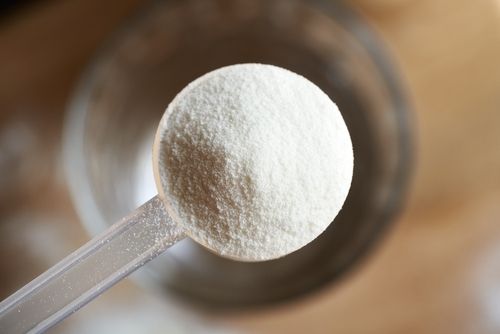
Freaky Fingers: Navigating the Maddening Maze of Sprains and Dislocations
- Jan 3, 2025
Finger sprains and dislocations. You've heard of them, might have experienced them, and let's be honest, they're a downright nuisance. A sprain is the equivalent of your finger's ligament throwing a tantrum after being stretched too far-it can either throw a small fit (partial tear) or melt down entirely (complete tear). A dislocation, on the other hand, is when your finger bones decide to set off on an unplanned adventure, leaving their usual spot. Both lead to a saga of pain and swelling, often courtesy of sports, workplace antics, or car mishaps. The medical field may classify sprains in degrees like an academic grade, but let us assure you, none of them are reasons for celebration.
For the layman, let's break down the maddening maze of finger sprains. A first-degree sprain is your finger's idea of pulling a mild prank - the ligaments are stretched but remain intact. Second-degree sprains are when your finger decides to up the ante and partially tear the ligament. Now, a third-degree sprain is when your finger decides to go full throttle and tears the ligament entirely. This is not a drill, folks. This is your finger gone rogue.
A sprain could be your finger's twisted version of a fun Saturday night, usually triggered by a fall or an adventurous sport-basically, any time your finger decides to bend like Beckham. And while it can happen at any knuckle joint, the PIP joint (the one in the middle) usually takes the bullet.
See a bone fracture or dislocation? Don't you worry your pretty little head; we've got different tricks up our sleeves for those. Let's start with the basics – rest, ice, compression, and elevation, or as we like to call it, the RICE method. If your finger's gone on strike with a mild sprain and no broken bones or dislocated joints, it'll probably head back to work in a week or two. However, a pesky sprain might need to be taped up, and if it's severe, a splint and several weeks (or even months) of paid leave, may be in order.
But what happens if your thumb decides to play the injury game? Well, let us introduce you to "gamekeeper's thumb," an imposition named after Scottish gamekeepers who frequently endured this sprain due to repetitive thumb movements. In dire cases, this injury may require a 4-6 week holiday, nestled comfortably in a cast or splint, and even surgery.
Talk about a dislocated finger and things get murkier. Sometimes, it's just about pushing it back into the place, and at times, it takes anesthesia or surgery to get the irritated member back into line. Once reset, brace yourself for another three weeks of splinting and standard sprained finger care. And in episodes of damaged ligaments and joint capsules – cue the dreaded surgery.
Oh, and in case you were wondering, an X-ray is the only show in town that tells if your finger is broken or just throwing a sprain tantrum. But before you fret about a sprained finger, let us reassure you; all it needs are some patience, a tad bit of care, and a whole lot of sass. So gear up and get ready to bounce back!






